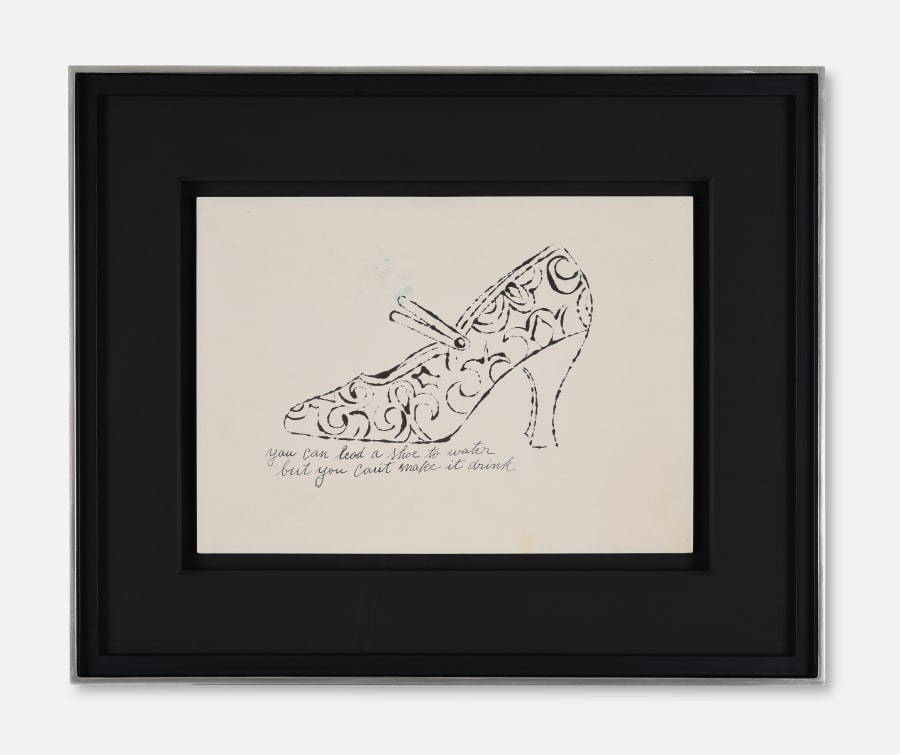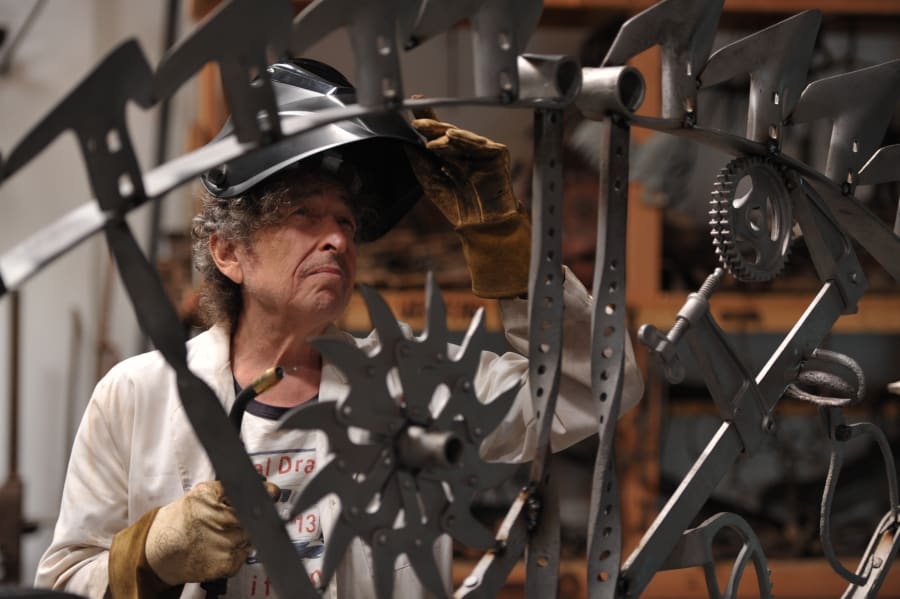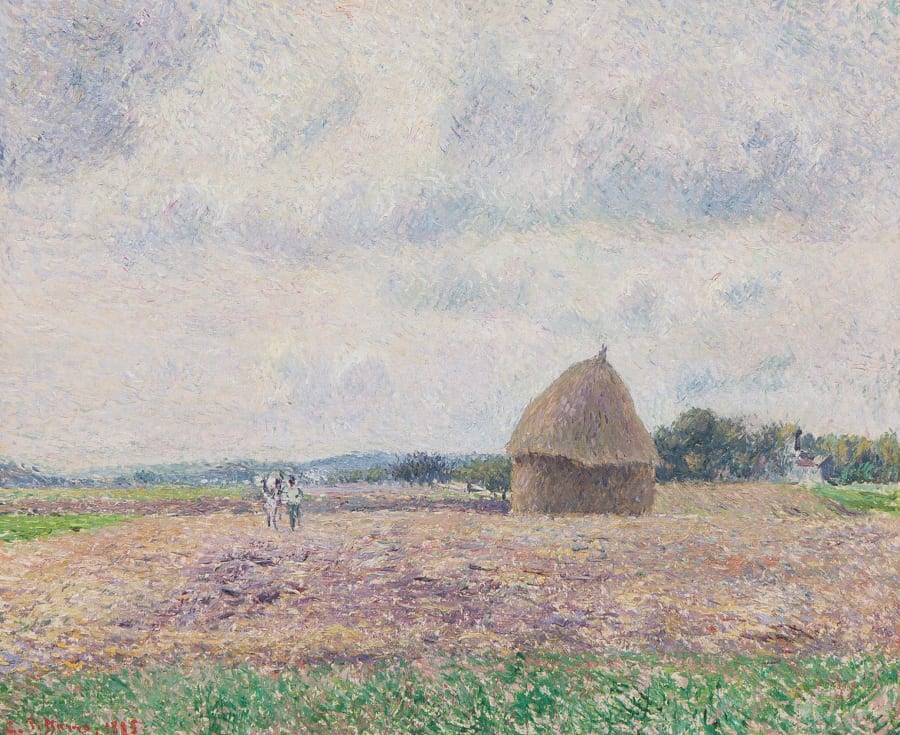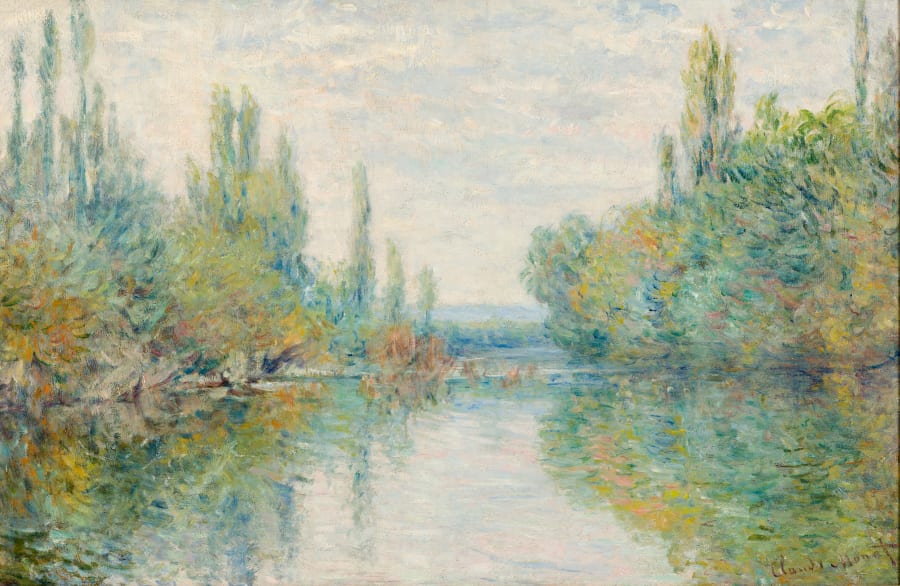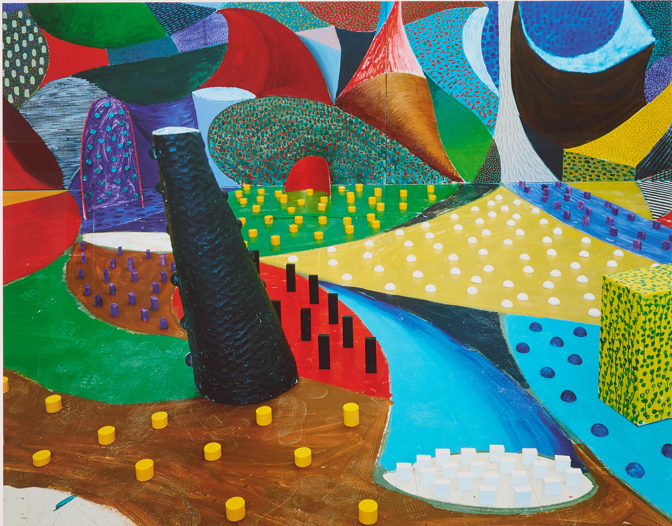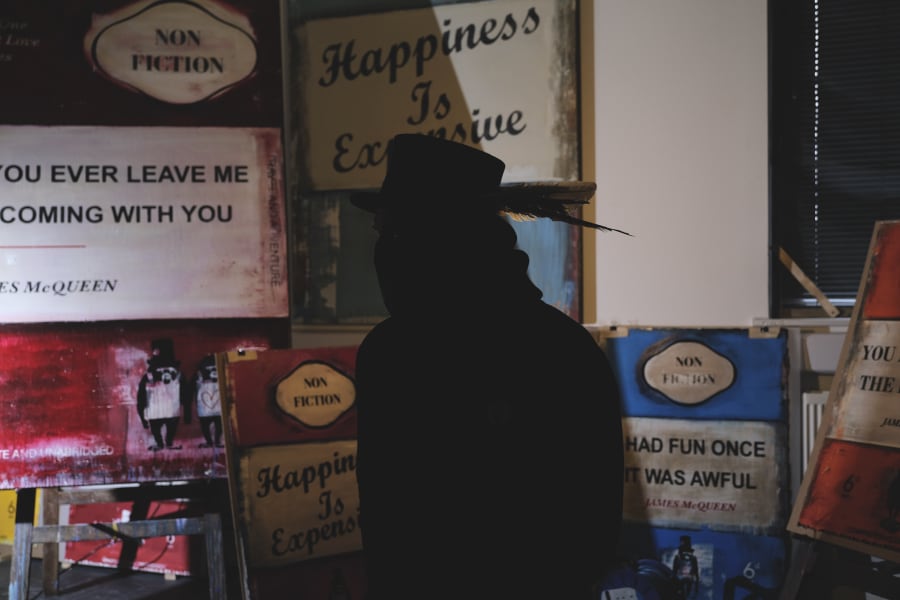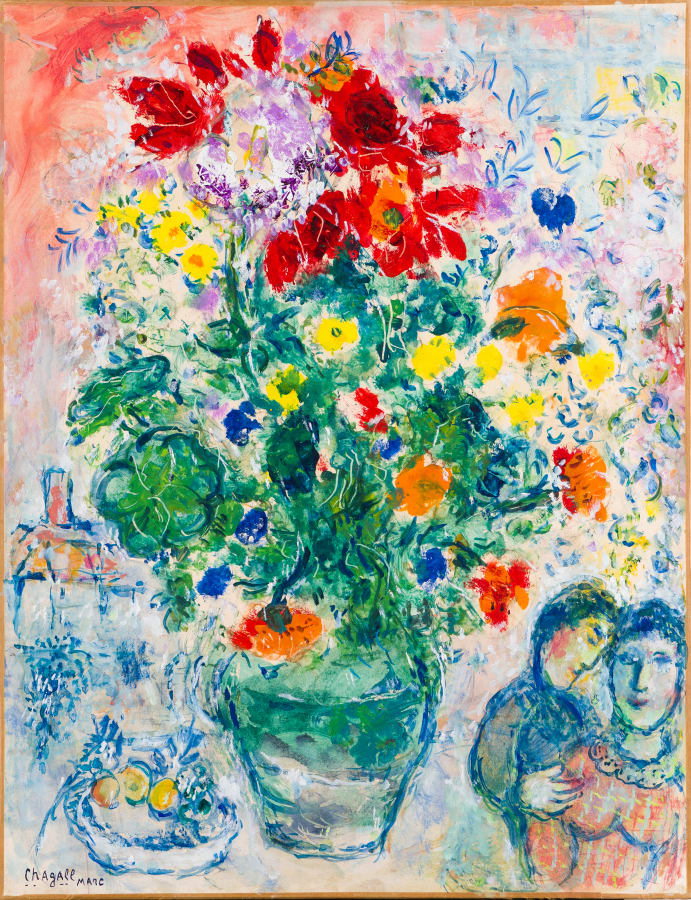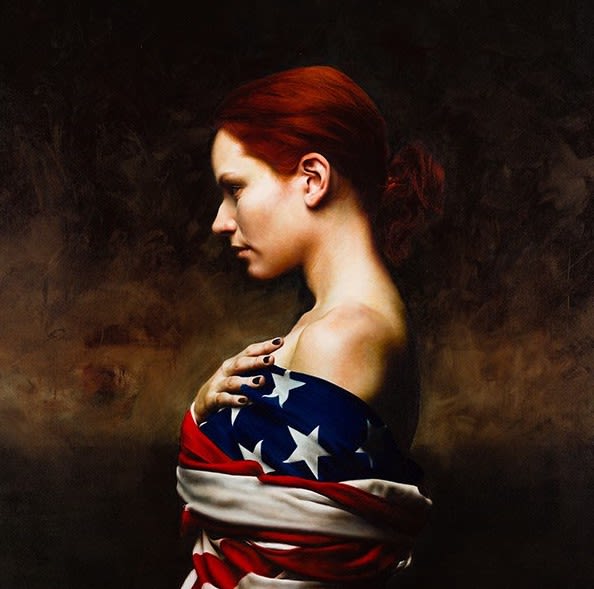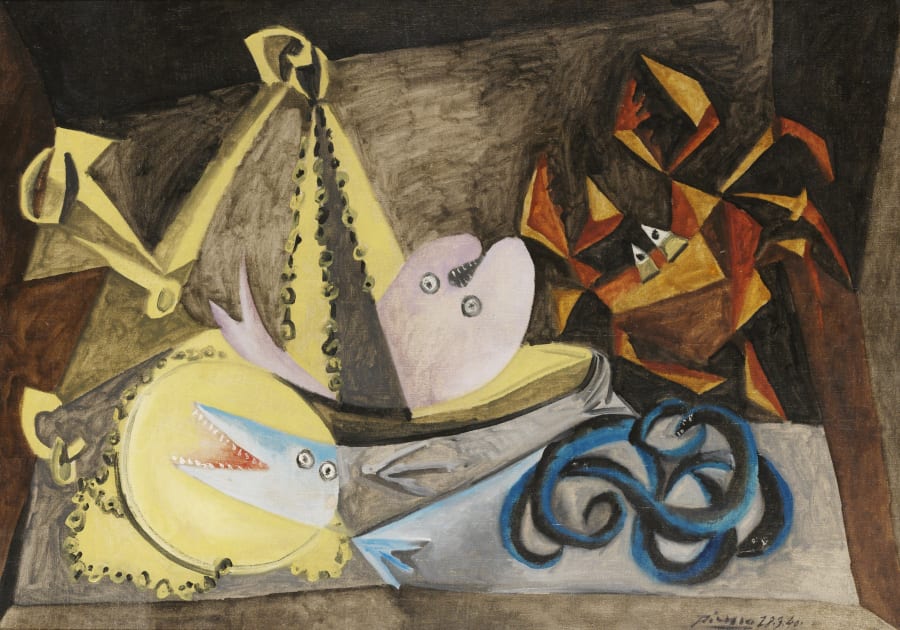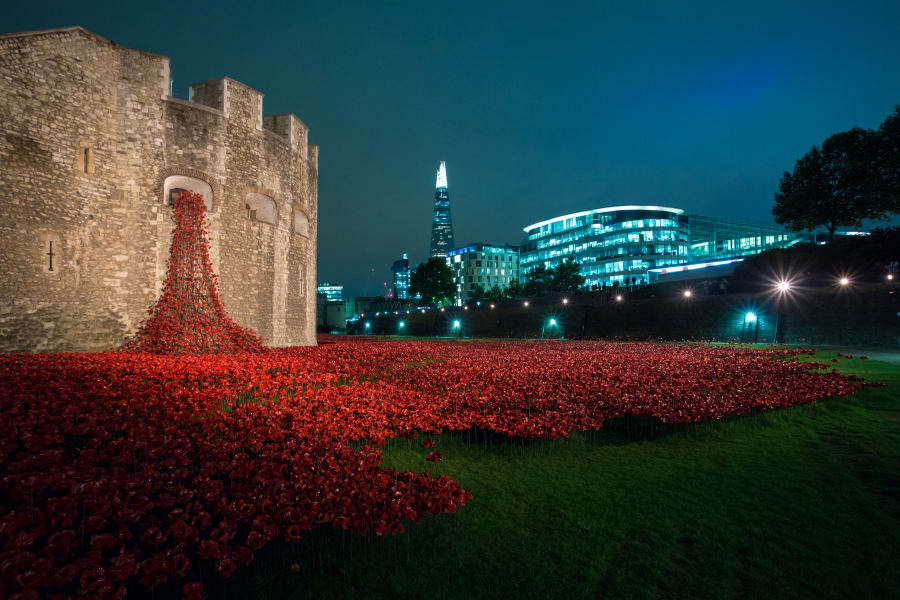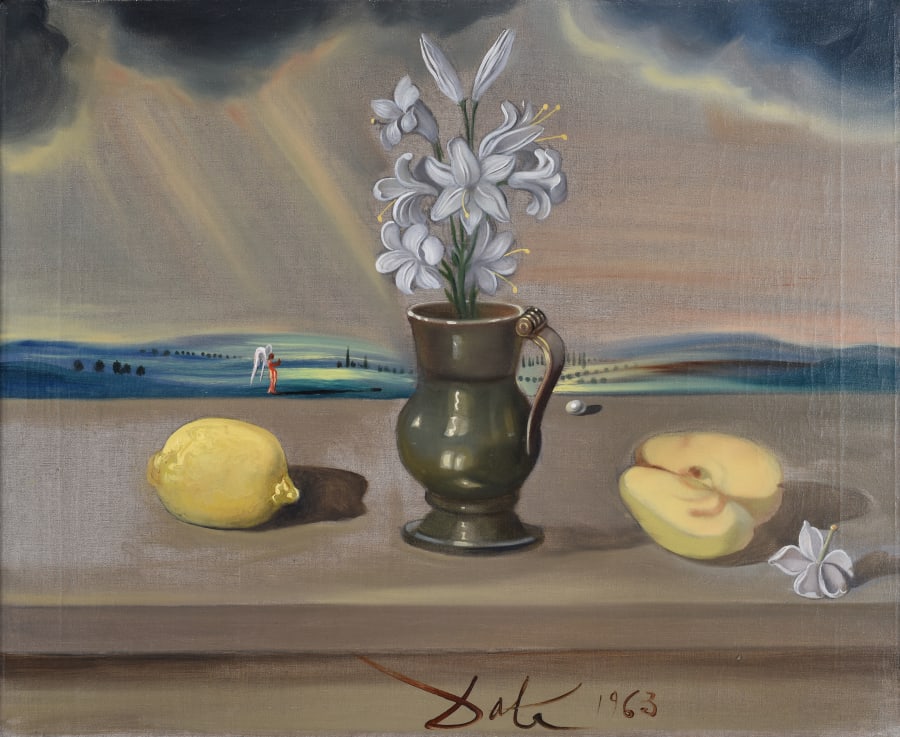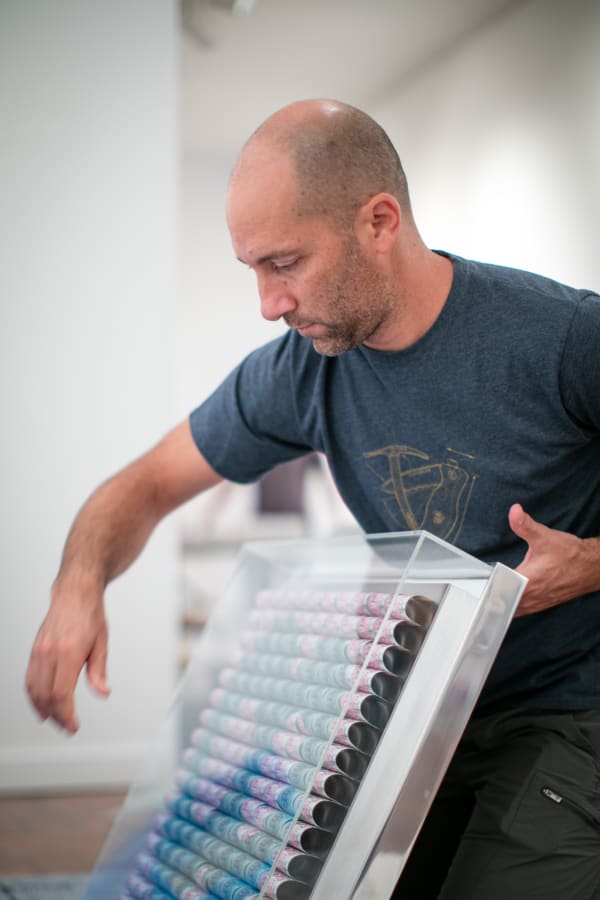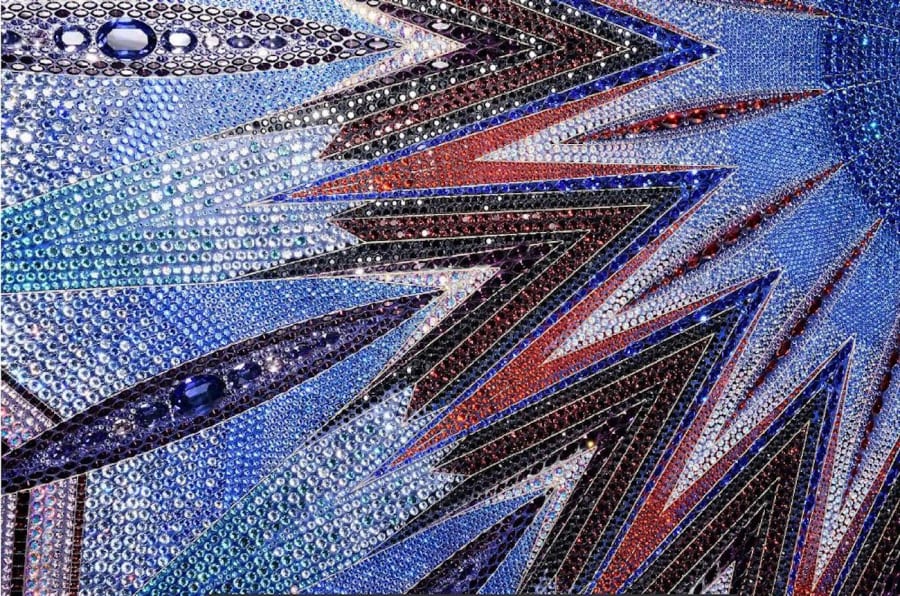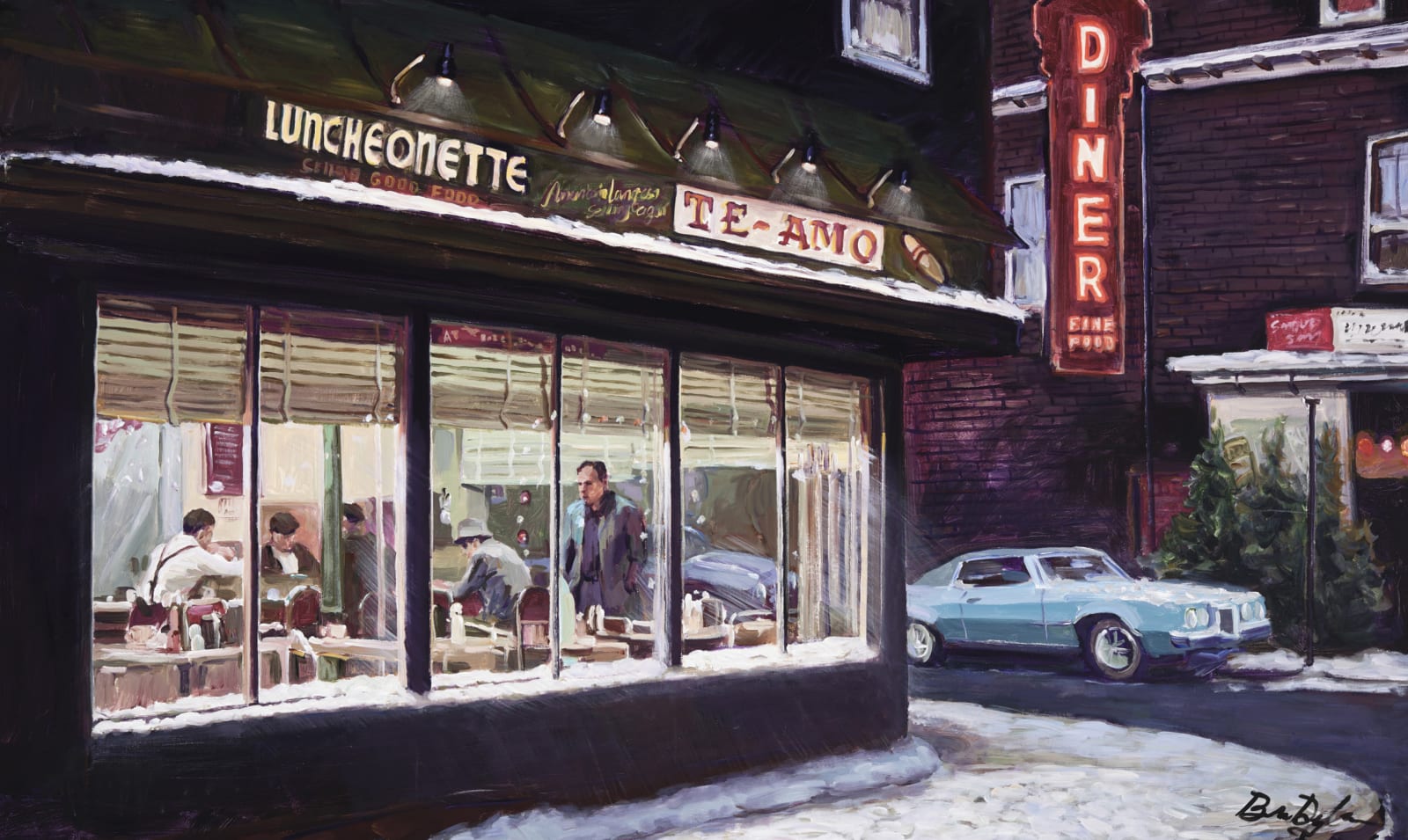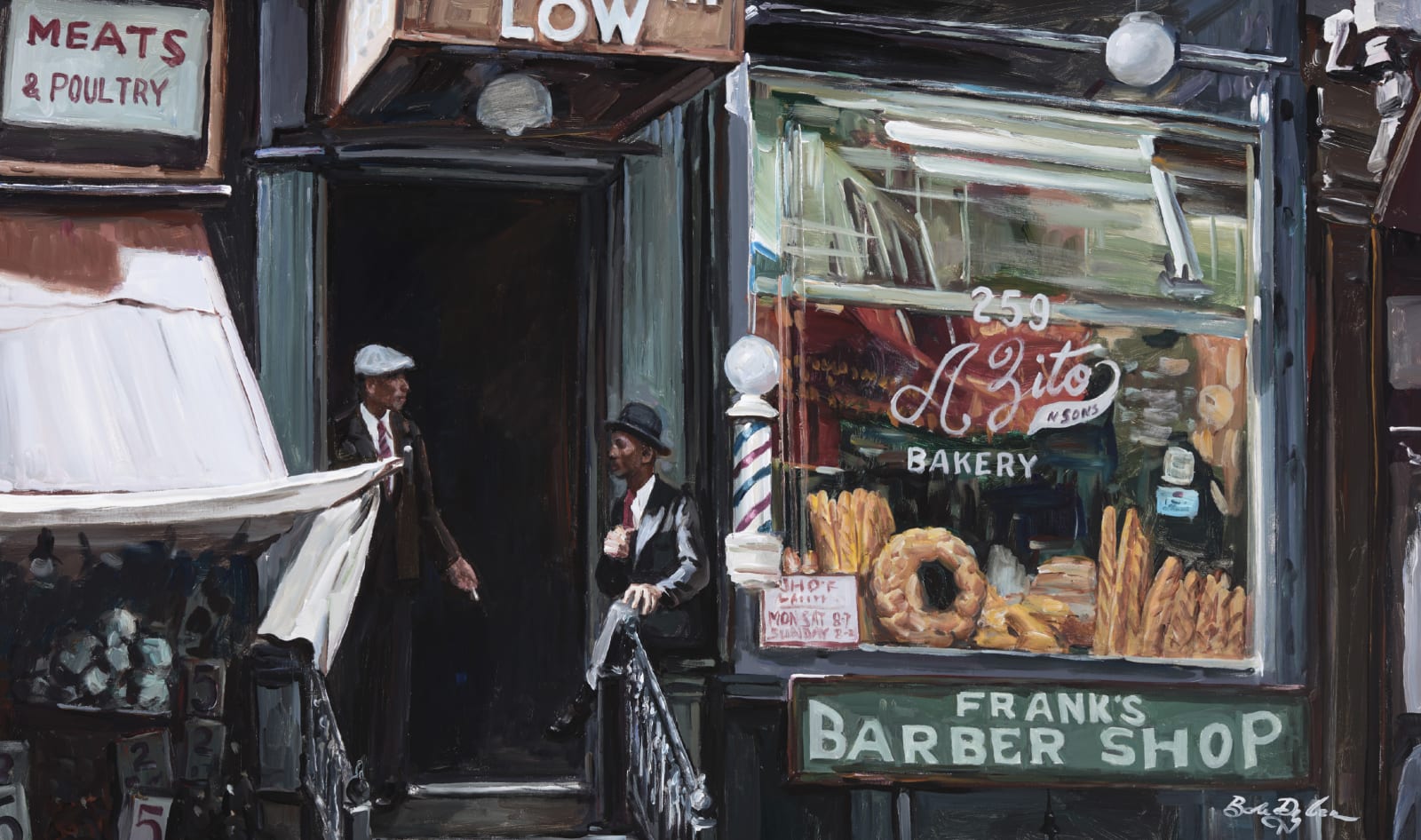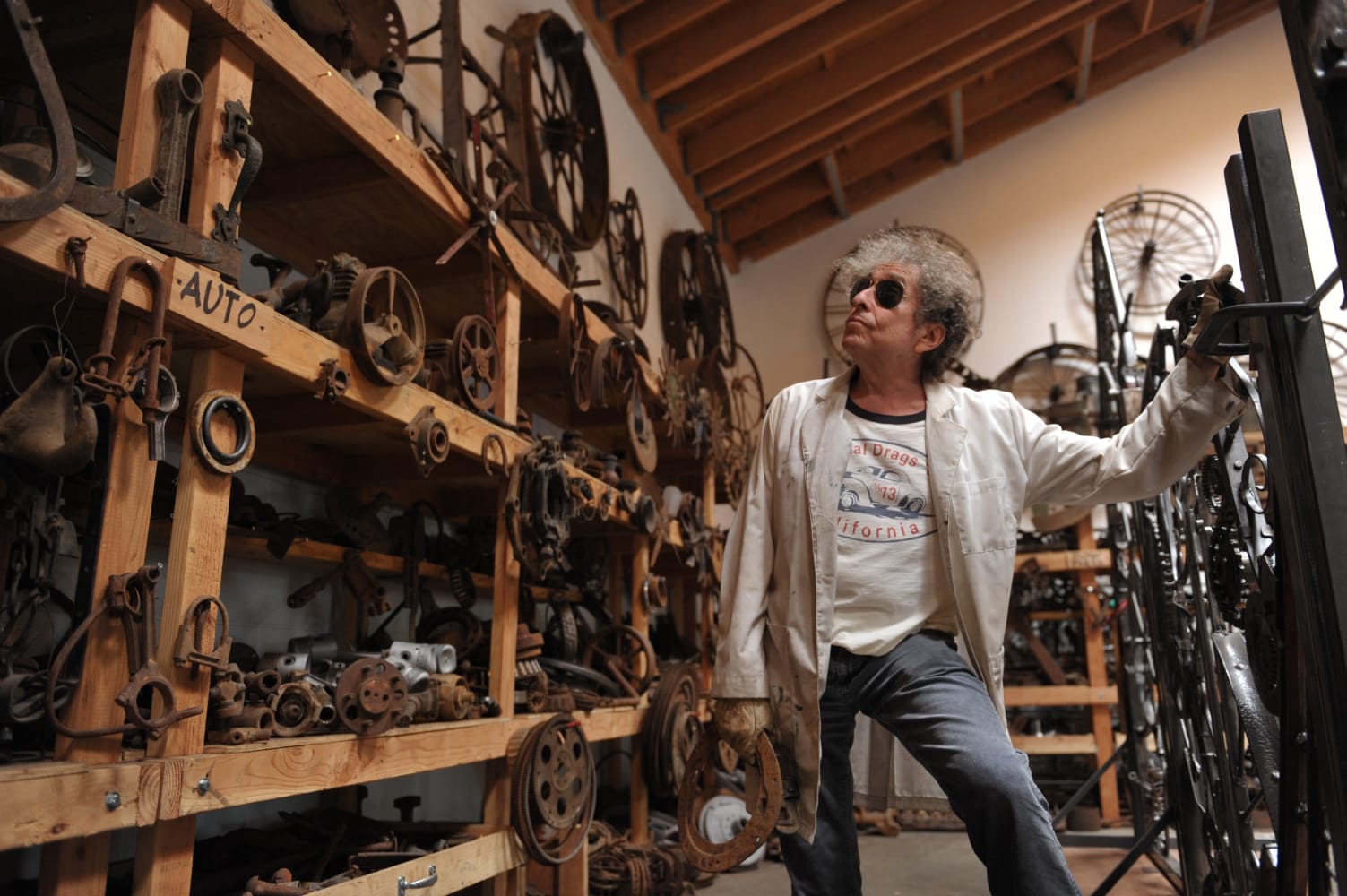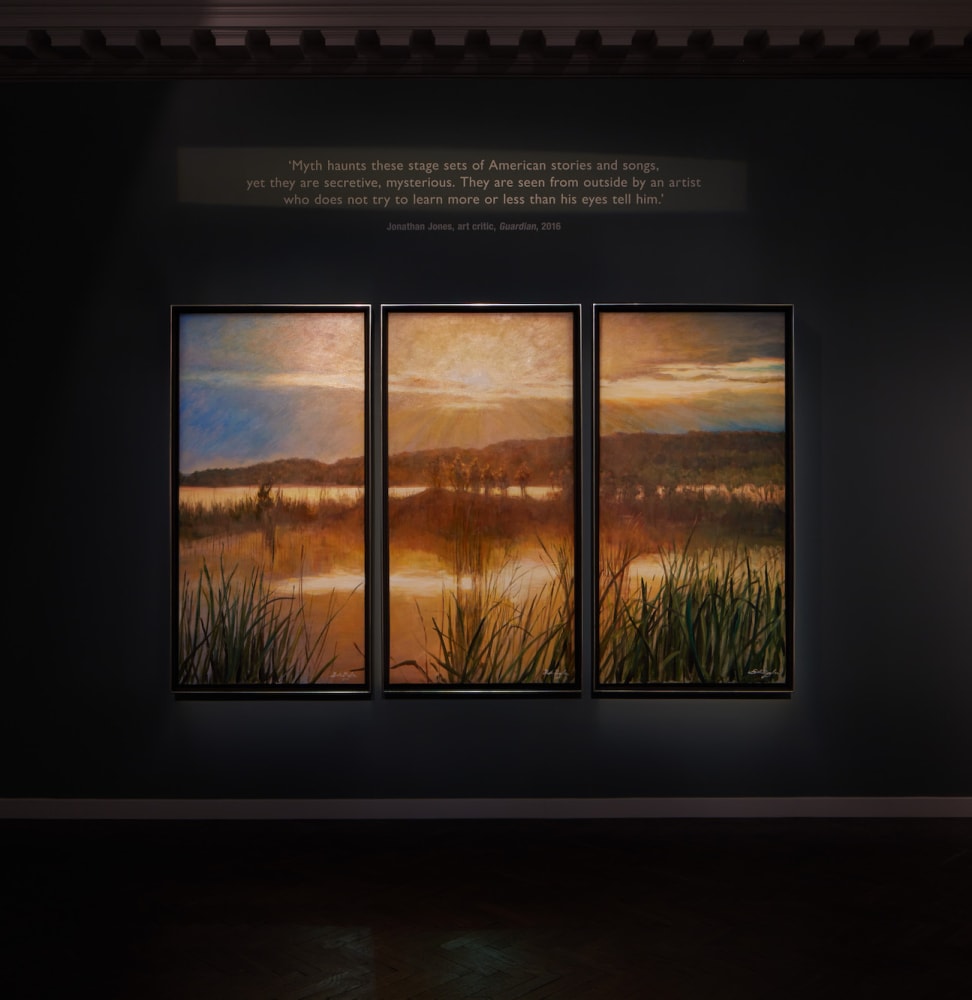

Pedro Paricio: Nine Portraits


With this dialogue, he continues a long tradition of appropriation and reinvention in the history of painting. Iconic examples of this include Caravaggio’s Michelangelo-inspired Crucifixion of St Peter and Andy Warhol’s screenprinted Last Supper, after Leonardo da Vinci. Picasso was a particularly strong advocate for the practice of appropriation, leading to his presumed authorship of the maxim ‘great artists steal’.
Famously, Picasso’s Las Meninas reimagined Diego Velasquez’s Spanish national treasure with the same title. The monumental impact that Picasso has had on Paricio’s work is, in part, a symptom of their shared approach to ‘stealing’ from art history as a part of the process of creating original artwork. The contemporary artist explained in 2018, in anticipation for the opening of an exhibition which displayed his work alongside Picasso’s:
‘In my home island of Tenerife, we have a saying about our big volcanic peak, Mount Teide: no matter how hard you try to get away from it, Teide is always still there. And it’s the same, I’ve ultimately come to realise, for me as an artist with Picasso. He’s always there … He is my Teide’.

Ironically, the parallels that Paricio’s portraits draw with the original works emphasise what is distinct about his style and contemporary art in general. Today, painting does not serve the function of creating an illusion of a real world beyond a canvas. In our time, paintings are about emotion, texture and expressing a unique perspective.
As we consider the parallel that can be drawn between Gentileschi’s portrait of Penitent Magdalene and Paricio’s Faith, we are invited to meditate on how the function of art has changed. Gentileschi’s expression of piety, delivered through her naturalistic, fleshy and three-dimensional portrayal of Mary Magdalene is transformed into multi-faceted and two-dimensional plane that, when combined with contrasting colours, contains a lively, rhythmical quality. The austere portrait delivering a religious message is transformed into something energetic, fun and open to interpretation.

Hanging in the exhibition In Plain Sight, Paricio's paintings explore the central theme - how artists take inspiration from the everyday - in a very unique way. The artist takes priceless works of art and removes the identity of these figures, replacing their faces with bright, kaleidoscopic patterns.
These individuals are presented as universal humanity; their poses become familiar to what we see, displaying the actions and gestures that we recognise in the people around us. Paricio’s dialogue with art history highlights our shared humanity which transcends historical periods.
If you are interested in adding to your collection, speak to an art consultant today info@halycongallery.com

